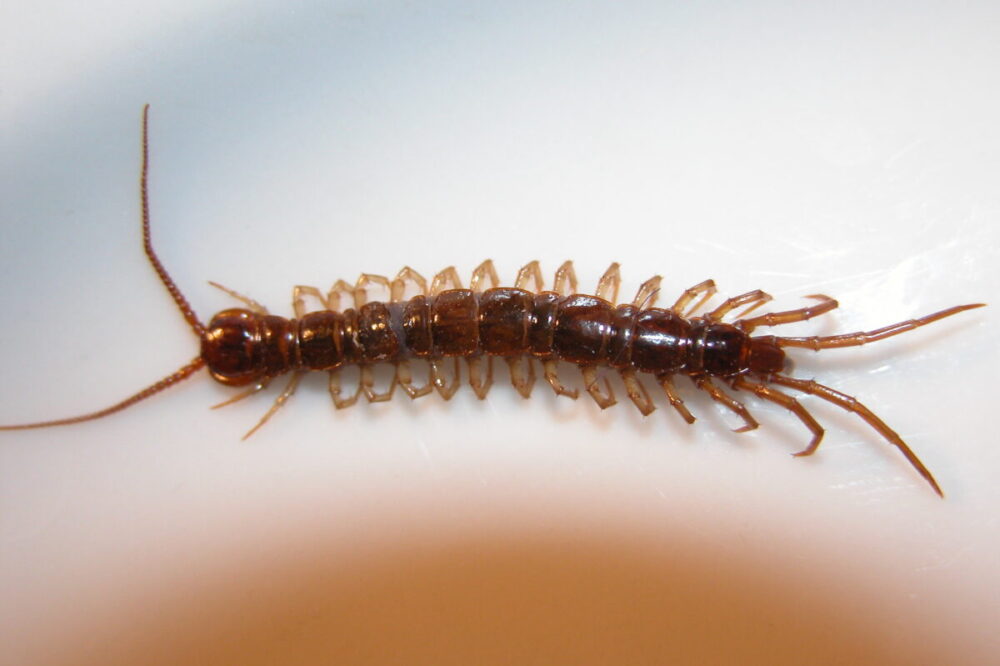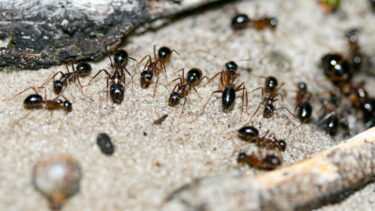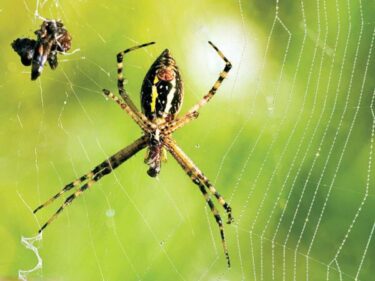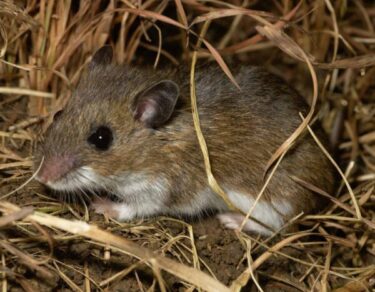Ticks are classified as spiders and mites because they have four pairs of legs but no antennae. Most are external parasites on mammals, birds, and reptiles and recognized vectors of numerous illnesses to people and domestic and wild animals. Ticks are classified into two types: hard ticks and soft ticks. Both species are found across North America, while hard ticks are more frequent in Canada.
Ticks, which have over 850 species documented globally, may infiltrate houses when feeding on family pets, persistent dogs. While some species cannot thrive inside, others may live and reproduce, such as brown dog ticks. The black-legged tick, also known as the deer itch, the brown dog itch, the American dog itch, and the rocky mountain wood tick are all common tick species found across Canada.
Physical appearance
A tick is an arthropod, not an insect, yet is sometimes misdiagnosed as one. In contrast to insects, which have three-segmented body sections, six legs, and usually wings, ticks have just two body sections and eight legs when fully mature. Ticks have mouthparts that protrude from their heads. Ticks’ heads are connected to the thorax, unlike insects’ heads, which may move freely. When eating, the body, also known as an idiosoma, fills with blood. The body of a hard tick is protected by a thick plate called a scutum.
Habitat
Most tick species found in Canada live in various environments, ranging from thickly forested regions and forests to grasslands. The rocky mountain tick, on the other hand, lives typically at higher elevations and likes brushy environments in the foothills and mountains. Ticks find hosts in various methods, but all are parasitic and require a host to exist. The American dog tick, for example, is solitary by nature, wandering from host to host between growth stages. To discover new host animals, the arthropod engages in a behavior known as questing.
Diet
Ticks rely only on the blood of various species, ranging from warm-blooded creatures like mammals and birds to cold-blooded ones like reptiles. Ticks typically consume a single blood meal at each stage of their life cycle. After engorging on the host’s blood, the tick will generally fall off and seek sanctuary someplace until the need for another meal becomes urgent, at which point the process will begin all over again.
The life cycle of Ticks
Ticks, in general, do not have a long lifespan, but it is long enough for them to wreak havoc on their host. The typical life cycle lasts around two years. Ticks go through four stages throughout those two years: egg, larva, nymph, and adult. To advance to the next stage, they must feed on the blood of an unsuspecting animal. Otherwise, the tick will perish before progressing to the next phase. Knowing the tick’s life cycle will help you understand what to anticipate and when to expect it, allowing you to avoid tick bites.
Eggs
Ticks, like all living, breathing things, begin as eggs. Typically, the mature female will deposit eggs in the early spring. As the temperature rises, the eggs hatch. It might take up to 60 days for an egg to hatch. To live, the tick must locate a blood meal after hatching.
Larva
The larva stage is distinctive. The tick has six legs instead of the typical eight at this stage. They are tiny and might be challenging to detect. Baby ticks will frequently seek out mice and other small animals for their first meal. After feeding, the larva will go inactive for the winter before moulting into the next stage.
Nymph
At this stage, the tick’s average size (although more significant) is still less than 2 mm. In terms of size, that’s about the size of a poppy seed! The tick adds two additional legs at this point, bringing the total to eight. They are most active during this time of year, from late spring through summer. Once a new host is discovered, and the tick has finished its meal, it will moult once again to become an adult.
Adult
This is the tick’s ultimate stage of development. These ticks are frequently found on tall grass or bushes, waiting for their next victim. When an animal or person brushes up to the grass where they are hiding, they will attach themselves. They will eat again, and then mate, and the females will lay eggs to restart the cycle.
How to get rid of Ticks?
Ticks are not born with diseases; instead, they acquire them from diseased hosts. The tick will carry the illness for the remainder of its life if infected. Believe it or not, Nymphs are the most prevalent type of tick to transmit lyme disease to people. Adult ticks are less likely to carry disease since they are much easier to identify and remove. Let’s go over the best ways to avoid tick-borne sickness.
Maintain the cleanliness of your grass
You are mowing the lawn, Close-up image of a lawnmower on green grass, mower grass equipment, mowing gardener care job item, on a sunny day. The last thing you want to do is make your yard a haven for ticks. “Reducing tick habitat around your house is critical for decreasing pest and disease exposure. To keep ticks at bay, cut back bush, trim grass short, rake leaves and compost leaf litter, and generally keep the lawn groomed.
Make a barrier
If you live near a recognized tick habitat, such as a forest or forested area, long grasses, or bushes, you can use a physical barrier to keep ticks out of your yard. To keep ticks away, build a three-foot-wide barrier of wood chips or gravel (whatever works best for you) between your grass and the tick-friendly region.
Keep an eye on your animals.
Ticks may make their way into your home by latching onto your dogs, so always check them after they’ve been outside, especially if they’ve been rolling around in tick habitat.
Permethrin should be applied to clothing.
Tick nymphs are the size of poppy seeds and can creep up your shoes to bite you. However, according to one CDC research, numerous species of ticks (including those carrying illnesses like Lyme) perished in less than a minute after coming into contact with permethrin-treated clothes, and those that survived couldn’t move about as readily.
Perform a full-body check.
Ticks may and do attach to any area of the body, although they are most usually found in the hairline and tucked-away spots like armpits, groin, and behind the knees. Check your whole body after being outside, but pay special attention to these areas, as well as in and around the ears, in your belly button, and around your waist.
Take a shower
You’re probably sweating anyhow, so why not freshen up? Washing up within two hours of being outside not only helps you rinse ticks off but also allows you to inspect yourself for the creatures.






